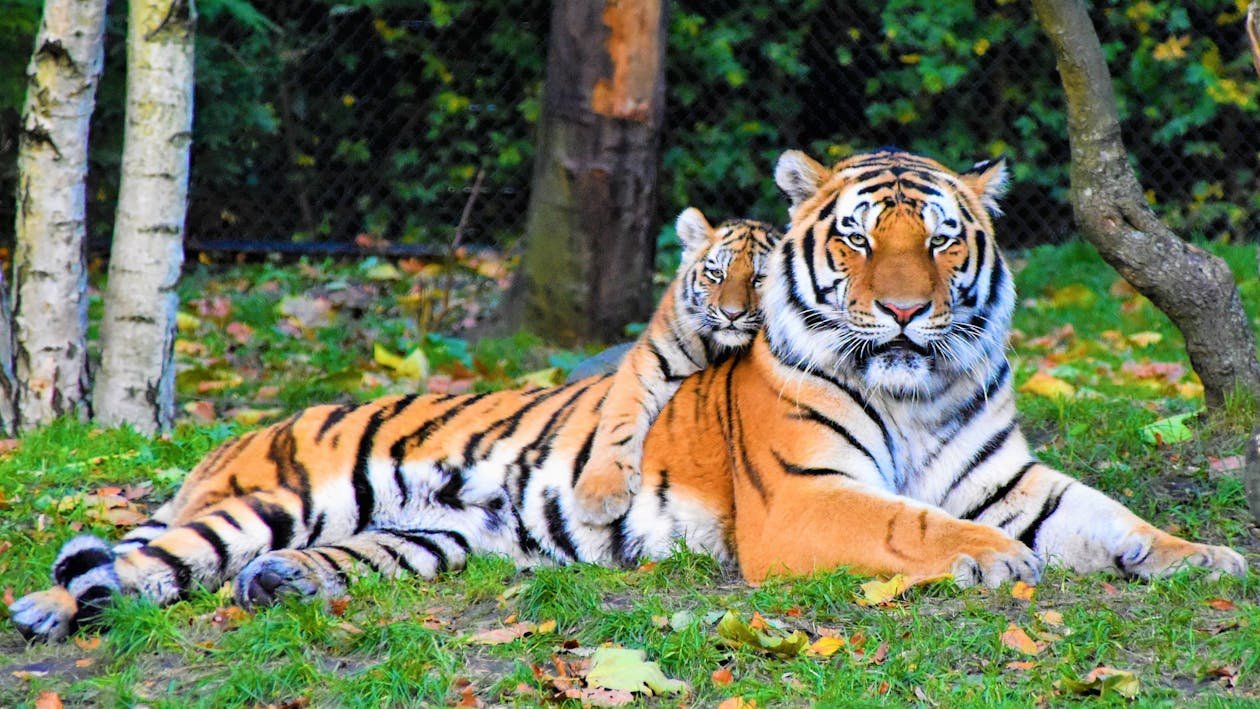Introduction
The Bengal tiger, a symbol of strength and beauty, is one of the most iconic creatures of the animal kingdom. As the largest member of the cat family, its striking appearance and powerful physique make it a subject of fascination. Native to the Indian subcontinent, the Bengal tiger (Panthera tigris tigris) plays a crucial role in maintaining the ecological balance of its environment. In this article, we will take an in-depth look into the behavior and habitat of this majestic predator.
1. Habitat and Distribution
- Geographical Range
- The Bengal tiger is primarily found in India, with smaller populations in Bangladesh, Nepal, Bhutan, and Myanmar. It inhabits a variety of ecosystems, including tropical rainforests, mangrove swamps, and grasslands, but prefers dense forests where it can remain hidden while stalking prey.
- Preferred Environment
- Bengal tigers thrive in regions with abundant water sources and dense vegetation. They are most commonly seen in the Sundarbans, a mangrove forest along the India-Bangladesh border, and the grasslands and forests of central India. These habitats provide plenty of cover for hunting and support a wide range of prey animals.
2. Physical Characteristics
- Size and Appearance
- Bengal tigers are known for their impressive size, with males weighing up to 220-300 kg (485-660 lbs) and measuring 2.7 to 3 meters (9 to 10 feet) in length, including the tail. Their iconic orange coats with black stripes provide perfect camouflage in their forested environments.
- Unique Markings
- No two Bengal tigers have the same stripe pattern, much like human fingerprints. These stripes help them blend into their surroundings, making it easier to ambush prey.
3. Behavior and Social Structure
- Solitary Nature
- Bengal tigers are solitary animals, with individuals marking and defending large territories. Males typically have larger ranges, which may overlap with those of several females. They use scent markings and vocalizations to communicate their presence to other tigers.
- Hunting and Diet
- As apex predators, Bengal tigers feed on a wide range of animals, including deer, wild boar, and water buffalo. They are ambush hunters, relying on stealth to get close to their prey before delivering a powerful attack. A single tiger can eat up to 40 kg (88 lbs) of meat in one meal, although they typically go several days between kills.
- Breeding and Cubs
- Bengal tigers breed year-round, with females giving birth to 2-4 cubs after a gestation period of about 3.5 months. The mother raises the cubs alone, teaching them how to hunt before they become independent at around two years of age.
4. Conservation Status and Threats
- Endangered Species
- The Bengal tiger is classified as endangered, with an estimated population of fewer than 2,500 individuals remaining in the wild. Habitat loss, poaching, and human-wildlife conflict are the primary threats to their survival.
- Conservation Efforts
- Efforts to protect the Bengal tiger include the establishment of tiger reserves and anti-poaching laws. In India, the Project Tiger initiative has helped stabilize tiger populations, although more work is needed to ensure their long-term survival.
Conclusion
The Bengal tiger is a remarkable predator and an integral part of the ecosystems it inhabits. Understanding its behavior and habitat is crucial for its conservation. As human activity continues to encroach upon its environment, protecting the Bengal tiger from extinction is more important than ever. By preserving this magnificent species, we ensure the balance of nature in the regions where it reigns supreme.

